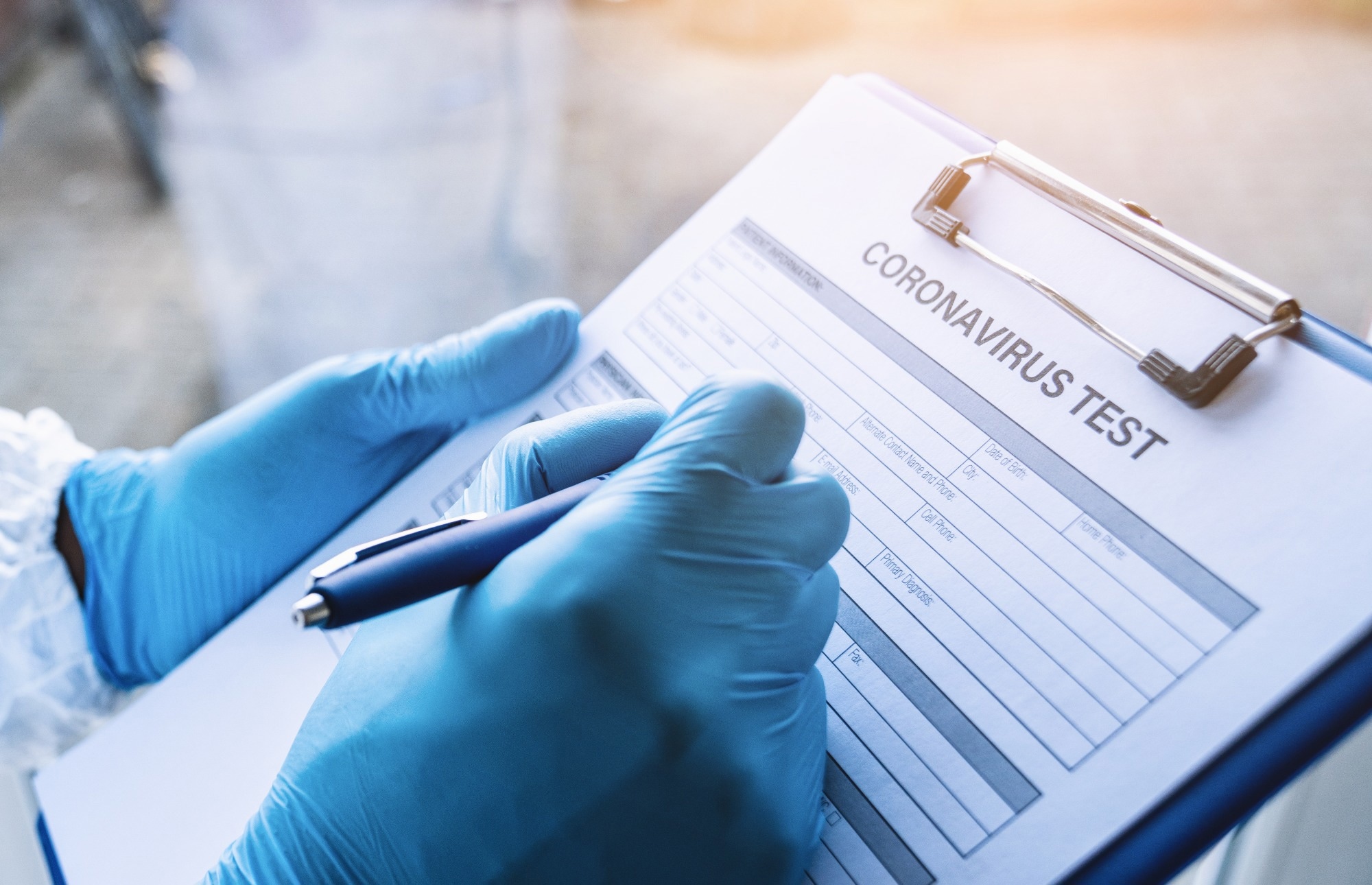The researchers compared this data with the CDC data for ~360 million point-of-care (POC) nucleic acid amplification tests (NAATs), antigen tests, and laboratory-based tests during the same period.
 Study: COVID-19 Self-Test Data: Challenges and Opportunities — United States, October 31, 2021–June 11, 2022. Image Credit: r.classen/Shutterstock
Study: COVID-19 Self-Test Data: Challenges and Opportunities — United States, October 31, 2021–June 11, 2022. Image Credit: r.classen/Shutterstock
Background
Self-tests have proven useful for all those seeking convenient ways of COVID-19 testing and reduce the risk of onward severe acute respiratory syndrome coronavirus 2 (SARS-CoV-2) transmission by a timely diagnosis of cases. However, mandating the reporting of all self-test results to public health authorities could negatively affect the acceptability and use of self-tests, which would be detrimental to minimizing SARS-CoV-2 spread.
About the study
In the present study, researchers analyzed the US COVID-19 self-test data collected between October 31, 2021, and June 11, 2022, to assess three key metrics:
1) weekly testing volume;
2) seven-day average percentage of positive test results; and
3) overall reporting of sociodemographic variables, including age, sex, and ethnicity.
Study findings
During the study period, data from four COVID-19 self-test kit manufacturers' corresponded to 15.3% of all self-tests done in the US and totaled 393.4 million self-tests. During the same time frame, users voluntarily reported results of only 10.7 million self-tests through manufacturers’ websites or mobile applications, which likely reflects a small fraction of the number of self-tests used. Comparatively, the number of lab-based POC NAATs, and POC antigen tests reported through the COVID-19 Electronic Laboratory Reporting (CELR) system was much higher. There were 276,257,710 laboratory-based, and 85,670,213 POC NAATs and antigen tests.
The authors witnessed the peak of all test types in the week ending January 8, 2022. The highest percentage of positive laboratory-based and POC NAAT results and self-tests was 29.1% and 17.3%, respectively.
However, during the weeks ending November 6, 2021, and April 23, 2022, there were 1,947 and 14 times more laboratory and POC NAAT than self-reported tests, respectively. The POC antigen tests attained the 19.8% peak during the January 1, 2022 week.
The study analysis indicated that the NAAT data was robust and tracked the trends in community transmission. On the contrary, the increase in self-testing resulted in under ascertainment of total case counts. It is noteworthy that more severe COVID-19 cases are more likely to use a NAAT when seeking care; thus, it made sense to focus national surveillance efforts on these cases. Furthermore, other types of surveillance data provided cues into other aspects, such as disease burden, severity indicators, demand on health care providers, and disproportionately affected populations.
Intriguingly, the surveillance activity for the COVID-19 pandemic in the US was robust because it covered data from multiple sources. It covered case surveillance, laboratory testing, syndromic surveillance, and genomics testing data. Additionally, whole-of-government surveillance activity used the school, wastewater surveillance, vaccination, and healthcare data.
Conclusions
Overall, the current study highlighted that the limited amount and quality of data reported to the CDC from self-tests reduced their capacity to augment existing surveillance. Clearly, there was an under ascertainment of cases throughout the COVID-19 pandemic, most likely due to the lack of formal mechanisms that enabled reporting of self-tests to public health officials and asymptomatic COVID-19-infected people not seeking further health care support.
Public health experts should continually evaluate self-test data to incorporate it into future surveillance models. It would help improve their use for surveillance during future public health emergencies. Furthermore, persons using self-tests should be encouraged to report results to health care providers, who can ensure they receive additional counseling and medical care as required.
Future studies should investigate how and to what extent self-testing is replacing other testing modalities. Further, these studies should explore what factors drive the decision to report self-test results, whether individuals testing positive via self-test isolate themselves or not, and their course of treatment. Most importantly, whether or not they confirm their self-test results with laboratory-based testing should also be explored.